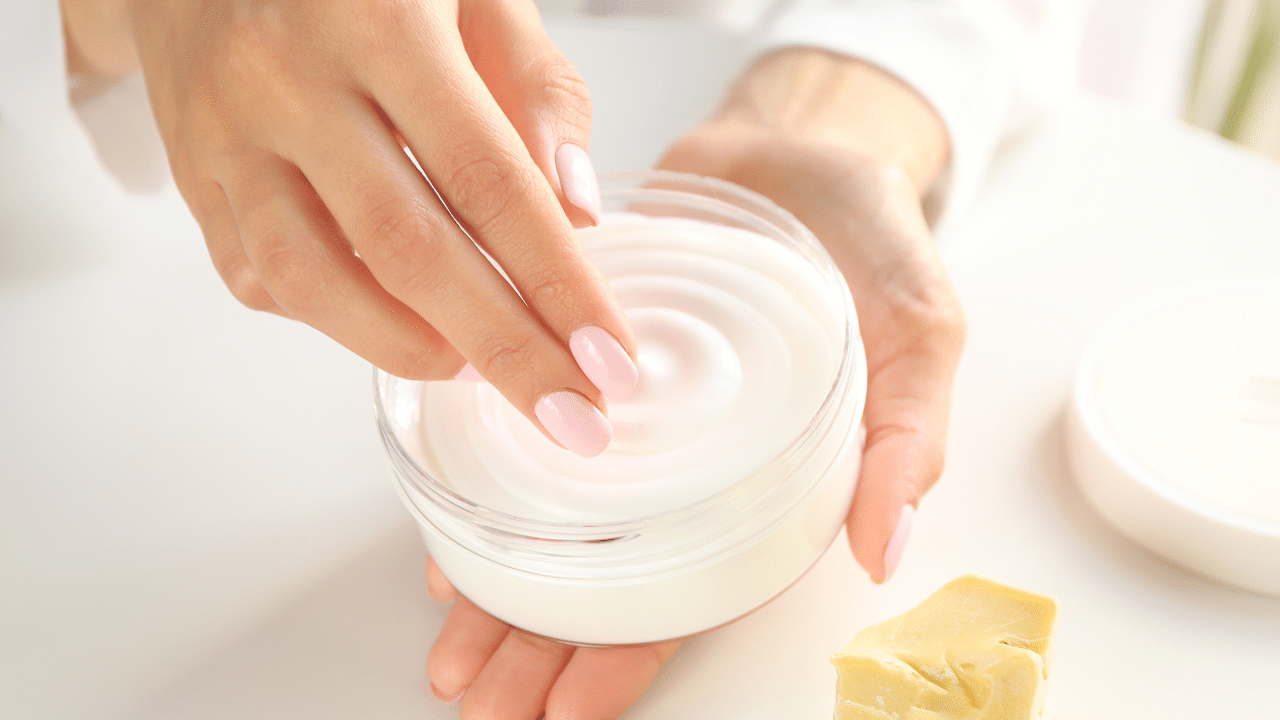UP Manila develops antifungal lotion using ‘akapulko’ plant
MANILA, Philippines — Researchers from the University of the Philippines Manila’s National Integrated Research Program on Medicinal Plants (UPM-NIRPROMP) have made a herbal antifungal lotion using the “akapulko” plant, also known as “palochina” or “katanda,” that has been used by traditional healers for more than a century to treat various diseases.
Dr. Cecilia Maramba-Lazarte, director of the UPM-based Institute of Herbal Medicine-National Institutes of Health (IHM-NIH), said the effectiveness of Philippine akapulko preparations were measured based on the results of seven randomized controlled trials involving 726 patients.
Four trials using the NIRPROMP-IHM formulation were performed with 461 patients.
READ: PH’s medicinal plants not quaint, exotic
“These trials showed that preparations containing akapulko are as efficacious as synthetic antifungal treatments containing 25 percent sodium thiosulfate, ketoconazole, or terbinafine cream,” the UPM said in a recent news release citing the findings of the trials.
Article continues after this advertisementREAD: 4 PH herbs for gout, pain relief pass clinical trials
Article continues after this advertisementMinimal adverse effects
The researchers noted minimal adverse effects from akapulko lotion compared to conventional treatments.
“Randomized controlled trials are crucial to establish the efficacy and safety of treatments. Our findings indicate that akapulko lotion offers a cost-effective alternative to imported antifungal medications,” Lazarte said.
The clinical trials were led by Dr. Nelia Cortes-Maramba, NIRPROMP co-founder and considered the “Mother of Philippine Herbal Medicine.”
The proponents are currently looking for pharmaceutical companies that will produce, manufacture, and distribute the antifungal akapulko lotion in the local market.
According to Lazarte, potential investors could capitalize on the global antifungal drug market, valued at $15.8 billion (around P880 billion) in 2023 and expected to expand further.
“By licensing our herbal medicine, pharmaceutical companies can tap into this expanding market,” she said.
Besides economic benefits, the development of akapulko lotion will also bolster local agriculture and make the country self-reliant on antifungal medicines.
“Our goal is to diminish dependence on imported drugs, bolster Filipino farmers, and offer an accessible treatment solution for fungal infections,” Lazarte said.
The researchers of NIRPROMP-IHM were also responsible for developing the drugs made from local herbal medicinal plants “lagundi” (scientific name: Vitex negundo L.) and “sambong” (Blumea balsamifera), which are now enjoying commercial success nationwide.
